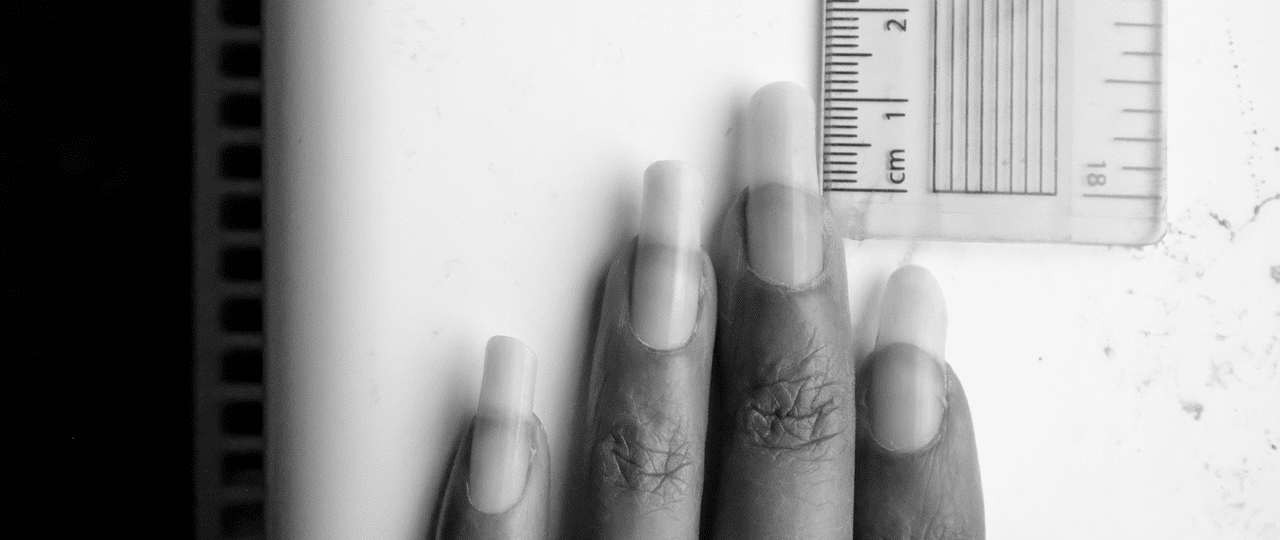The author is anonymous but a name and address have been supplied and verified by the editorial team
As an experienced GP in my mid-fifties I have recently learned that I almost certainly suffer from Bipolar Disorder Type 2 (BPD Type 2). I’ve endured marked dips in my mood for many years and the fact that, in part, this is something beyond my control has come as a form of relief. I am not entirely to blame, it is more likely to be something inherent in my constitution rather than a ‘weakness of my mind’. It has actually been quite liberating, to the point that I have told more people of this new found diagnosis than I had previously confided about my mental health struggles.
…the Type 2 variant is less well known with cyclical depression being the predominant feature and the mildly elevated mood (hypomania) being much more discreet…
While most of us are familiar with the Type 1 variant which comprises frank mania, the Type 2 variant is less well known with cyclical depression being the predominant feature and the mildly elevated mood (hypomania) being much more discreet and so harder to recognise. I am intrinsically a positive, energetic person so it’s hard for me to identify times when I’ve been genuinely hypomanic. However, the contrast between this state of being and my low periods is incredibly stark and consequently very hard to manage as there’s really no happy medium. I describe this transition as a ‘switch being flicked’ as, immediately, I can sense my sympathetic autonomic nervous system going into overdrive and me entering into the maelstrom of a generalised anxiety state which evolves into severe pervasive low mood with its attendant physical and mental hallmarks. Work becomes a real challenge. From someone who juggles a lot of professional balls, I have to focus on the most critical strand, namely clinical care. Thankfully, I know my patients well and have a predictable routine in my practice so I can just about cope. I spend longer on all GP tasks (consulting, reading letters, analysing results etc) and my working day becomes even longer than usual. My other professional roles need to be pared back and inevitably I start to worry about getting behind. A tight negative vicious circle takes shape from which it seems impossible to escape. My partner has been a rock over the years and is amazingly supportive during these times of personal strife. Work colleagues sense when I’m ‘below par’ and more recently I have told them when I’m struggling (but tried to conceal this for many years out of shame as I am normally such a ‘coper’) However, just as I ‘flip’ into this phase, I similarly snap out of it and the upward momentum is truly intoxicating due to the release I feel.
These bouts began in my mid-20s during junior hospital jobs and would last a few days to 2-3 weeks but more recently they have been significantly longer. As you might imagine, I have extensively reflected on factors that might be implicated in the precipitation and resolution of these episodes and am yet to identify anything very meaningful, in other words they seem to be prompted by extremely trivial, somewhat unexpected adverse events. They bear no relation to the amount of work on my plate, public speaking events nor stressful domestic events (eg bereavements, building projects, children’s exam results etc).
Over the years I have tried various psychological approaches (CBT) as well as medication (SSRIs, Mirtazapine). I have spoken with private psychiatrists and psychologists and seen my GP for prescriptions. The last episode was particularly severe and really unnerved me and prompted me to explore if other medication might be more effective. I therefore sought a further psychiatry assessment which I arranged via the NHS Health Practitioner organisation which offers confidential consultations for NHS workers.1 The psychiatrist was in no doubt that I had BPD Type 2 and recommended I start a mood stabiliser (Aripiprazole in this instance).
DSM V defines BPD Type 2 as characterised by at least one episode of hypomania lasting for at least 4 days (but never full mania) and at least one episode of major depression.2 Hypomania may result in elevated self-esteem, cheerfulness and a positive disposition but may also comprise irritability. The distinction from true mania is the absence of delusions. Hypomania must comprise at least 3 of the following features: i) inflated sense of self-esteem or grandiose thoughts, ii) feeling well rested despite getting low amounts of sleep (3 hours), iii) talkativeness, iv) racing thoughts, v) distractibility, and vi) increase in goal-directed activity or psychomotor agitation, or excessive involvement in activities with high risk of painful consequences. It is very common for these episodes to not be fully recognised as was the case with me. Typically the depressive episodes are more frequent and more intense (with a much higher risk of suicide than in unipolar depression) than the hypomania. Over time they become more intrusive with a significant risk of suicide. They cause far more distress to the individual and so trigger help-seeking behaviour at the time they occur leading to a diagnosis of (unipolar) depression, as was the case with me. The global estimated lifetime prevalence of combined bipolar disorders among adults is between 1 and 3%3 with estimates for Bipolar Type 2 being between 0.5% and 1.5%.4,5
Why have I felt compelled to write this piece? It’s not to point the finger of blame at any professional as I missed the diagnosis myself and it is notoriously difficult to identify …
Why have I felt compelled to write this piece? It’s not to point the finger of blame at any professional as I missed the diagnosis myself and it is notoriously difficult to identify because patients don’t recognise or volunteer the hypomanic phases of their illness. Its recognition is not helped by the fact that I believe that when most GPs consider Bipolar illness, they think of Type 1 with its marked manic episodes. Indeed, I certainly recall being taught in the 90s that hypomania was a prelude to full-blown mania. So I hope that in writing this article I’ve not only raised the profile of BPD Type 2 but also educated the readership about the importance of enquiring about hypomania with your somewhat atypical depressed patients and the fact that this can take several forms (as listed above) which may not have been recognised by the patient as being anything out of the normal for them. There are excellent on-line resources that give a great overview of the presentation and management of the condition.6,7 More broadly, I hope this account serves to reinforce the message that GPs must always keep their antennae up where a condition doesn’t quite fit a typical pattern. We have an amazing range of knowledge and skills but specialists exist for a reason and we should not be afraid to use them even in areas of practice where we are very well-versed such as mental health.
As far as my own journey is concerned, only time will tell whether the label and resultant change in medication results in a future free from the deep troughs of despair that I have endured for so many years.
References
- The NHS practitioner health programme, https://www.practitionerhealth.nhs.uk/
- American Psychiatric Association. American Psychiatric Association. DSM-5 Task Force. (2017) [2013]. Diagnostic and statistical manual of mental disorders : DSM-5 Washington, D.C.: American Psychiatric Association.
- Pedersen, Carsten Bøcker; Mors, Ole; Bertelsen, Aksel; Waltoft, Berit Lindum; Agerbo, Esben; McGrath, John J.; Mortensen, Preben Bo; Eaton, William W. (May 2014). “A comprehensive nationwide study of the incidence rate and lifetime risk for treated mental disorders”. JAMA Psychiatry. 71 (5): 573–581. doi:10.1001/jamapsychiatry.2014.16. ISSN 2168-6238. PMID 24806211.
- Merikangas, Kathleen R.; Jin, Robert; He, Jian-Ping; Kessler, Ronald C.; Lee, Sing; Sampson, Nancy A.; Viana, Maria Carmen; Andrade, Laura Helena; Hu, Chiyi; Karam, Elie G.; Ladea, Maria (March 2011). “Prevalence and correlates of bipolar spectrum disorder in the world mental health survey initiative”. Archives of General Psychiatry. 68 (3): 241–251. doi:10.1001/archgenpsychiatry.2011.12. ISSN 1538-3636. PMC 3486639. PMID 21383262
- Clemente, Adauto S.; Diniz, Breno S.; Nicolato, Rodrigo; Kapczinski, Flavio P.; Soares, Jair C.; Firmo, Josélia O.; Castro-Costa, Érico (April 2015). “Bipolar disorder prevalence: a systematic review and meta-analysis of the literature”. Revista Brasileira de Psiquiatria (Sao Paulo, Brazil: 1999). 37(2): 155–161. doi:10.1590/1516-4446-2012-1693. ISSN1809-452X. PMID 25946396
- https://new-learning.bmj.com/course/10063287
- https://elearning.rcgp.org.uk/mod/lesson/view.php?id=4718
Featured image by Iulia Mihailov on Unsplash









Brilliant article! very clear.